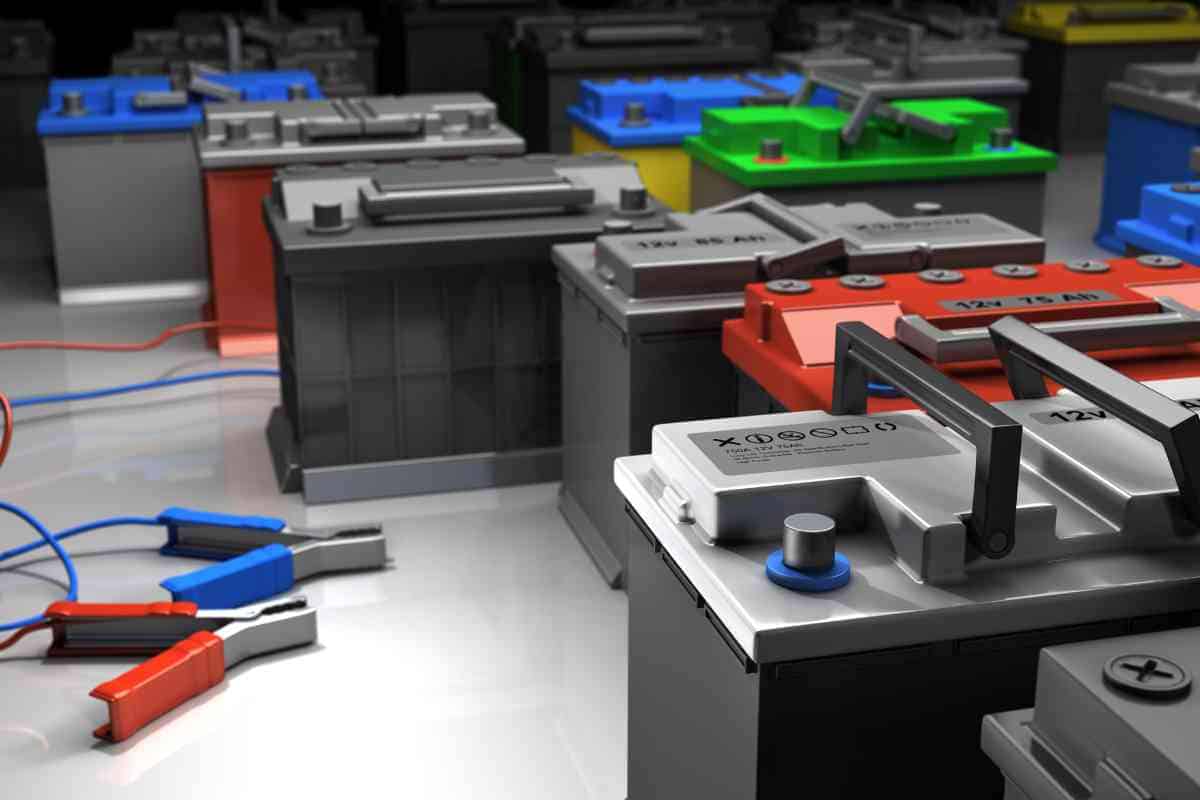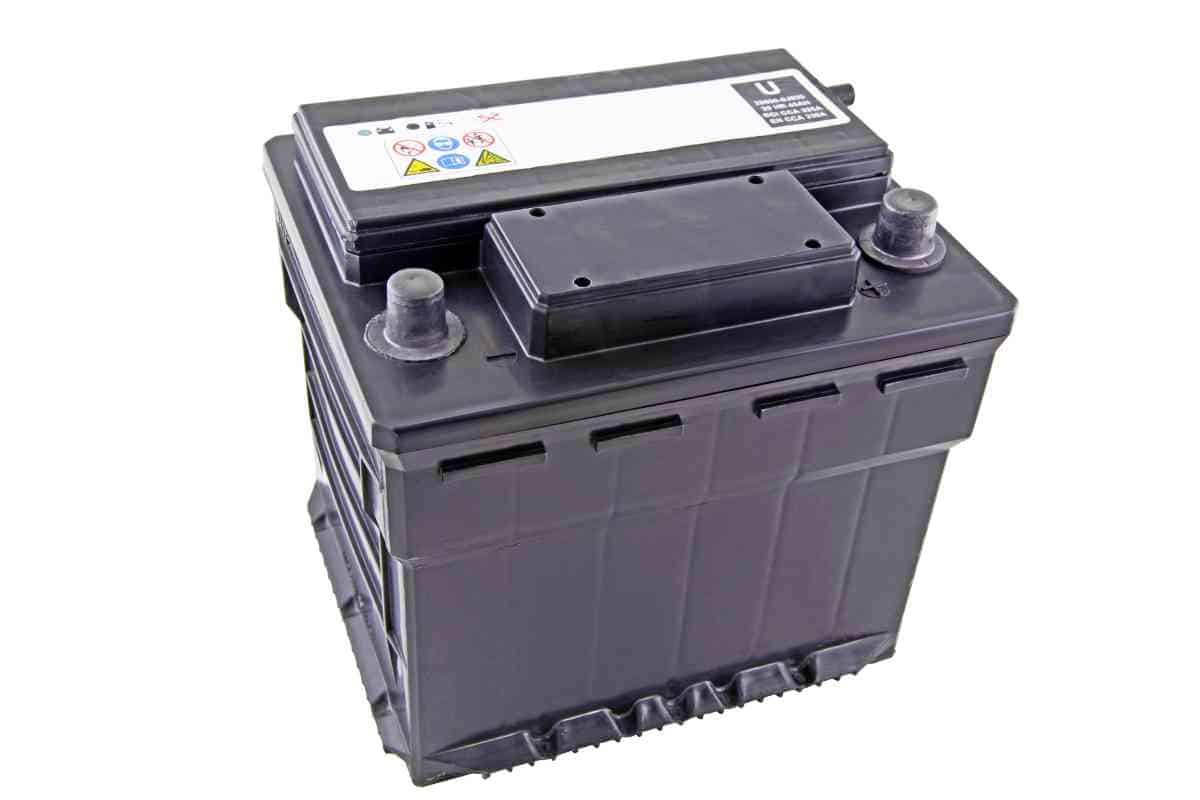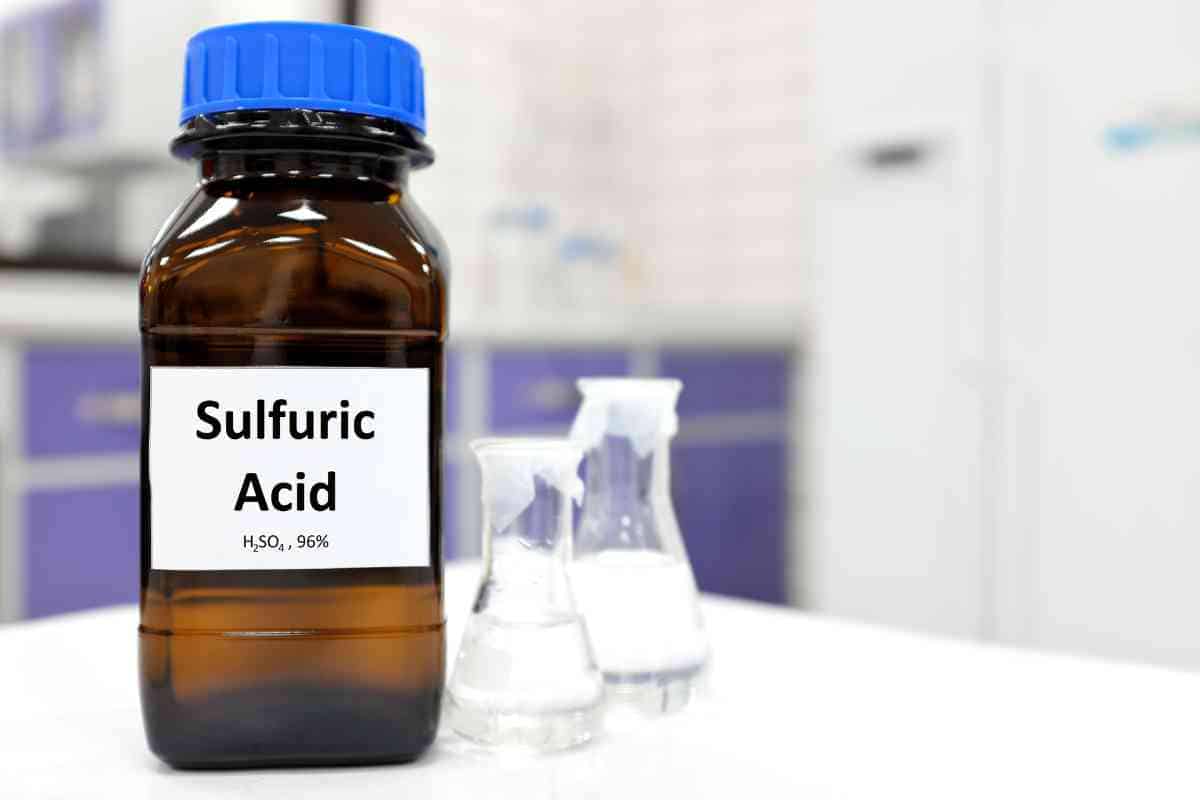What Happens When You Put A Car Battery On Its Side?
You bought a battery for your car, but not thinking, laid it on its side for the ride home. Does that harm the battery? Can you turn a car battery on its side?

Can You Turn a Car Battery on its Side?
Most car batteries contain acid, so turning them on their side is never a good idea. You risk leaking highly corrosive acids through the vents/caps, creating damage. Some batteries are installed sideways. Putting them on their side is acceptable since they were designed for this purpose.
The battery for your car is one of the most crucial elements under the hood.
This little box might seem small, but it is mighty in stature because it powers your engine and everything else your car needs to operate.
Since this black box is the vehicle’s energy source, it is essential to know how to care for it and even store it when it is not connected to your car.
In this article, we will examine why you should not turn a battery on its side unless it is specifically designed to be installed that way.
Most car batteries are filled with sulphuric acid, which is highly corrosive if it leaks out.

While batteries are made to prevent acid release (they have vents to release hydrogen gas), it is best to always keep them upright while transporting.
If you accidentally forget and set a battery on its side while transporting it home to install, if you don’t see any leakage or damage, then you are probably okay.
Just chalk it up to luck and thank the battery gods for watching over you.
AGM (Absorbant Glass Mat) batteries are completely sealed and do not leak battery acid.
The glass mats absorb the sulphuric solution and hold the charge, so there is not enough excess acid to leak.
Some manufacturers install AGM batteries sideways to lower the center of gravity and make them more stable in the engine compartment.
Are There Different Kinds of Batteries?
There are three different kinds of batteries that are in use in most vehicles today.
Lead Acid Batteries
The most common type of battery found in cars and trucks is a VLA (Vented Lead Acid) or also known as a “flooded” or “wet” battery.
Inside the battery’s housing is a series of six cells composed of lead and lead dioxide plates resting in a sulphuric acid bath.
The acid creates electrons, which are captured and converted into alternating currents to power your car’s components.
Older lead-acid batteries had removable caps that allowed owners to check the water levels inside cells. If the acid level was low, the owner could add distilled water to keep the battery functioning.
Newer sealed batteries are often called “maintenance-free batteries.”

EFB Batteries
An Enhanced Flooded Battery (EFB) is an optimized version of a wet battery. They are often found in cars with start-stop technologies and provide increased performance.
The EFB is made of the same plates in a typical lead acid battery, but the plates are separated with a polyester element that provides stability for the chemical reaction.
The electrolysis is less volatile, so the battery can undergo more charging cycles, increased life, and better performance in extreme conditions.
AGM Batteries
An Absorbed Glass Mat (AGM) battery is constructed with absorbent glass fibers that act as separators between the plates.
The glass mat collects the electrons from the sulphuric acid and stores them for use when a demand is placed on the battery.
AGM batteries do not leak acid as they have an airtight seal and are used in cars with high-energy demands and electrical components.
What Are the Vents for on a Battery?

The vents on the battery are designed to vent hydrogen gas, a byproduct of the electrolysis inside the battery.
The vents are vital because they act as a release system to keep the hydrogen gas from building up inside the battery. (In large quantities, hydrogen gas can be highly flammable).
These vents or caps (on older batteries) are supposed to contain the acid, but if the battery is laid on its side, the acid pushes against the vents.
As long as the vents contain the acid, you should be okay if the battery tips over. (But I wouldn’t want to trust possible leakage on the condition of a vent or cap).
What Happens If Battery Acid Leaks?
Battery acid is a highly corrosive solution of sulphuric acid and distilled water, and it can create havoc if it gets into contact with almost anything.
It will cause burns on your skin, contaminate the ground, ruin drinking water, and even destroy most surfaces it comes in contact with.
If you notice the acid leaking from the battery housing, do not touch it without protecting yourself.
Rubber, nitrile, or latex gloves should be worn to protect your hands, wear a long sleeve work shirt, and use safety goggles to protect your eyes.
Be careful because the sulphuric acid is colorless (although it does pick up impurities from the surfaces it encounters, which changes the complexion).
If the battery is lying on its side, turn it upright to move the fluid inside the housing away from the caps/vents (located on the top of the battery).
Examine the battery for cracks or leaks, and inspect the concrete or shelving where the battery was sitting for any signs of damage.
Any affected surface should be immediately treated with a slurry of baking soda and water (just enough water to activate the baking soda).
The baking soda will break down and absorb the acid, neutralizing it. Wipe the entire area with a paper towel or sponge to remove the residual baking soda.
Key Takeaways
- It is best not to turn a car battery on its side.
- Some AGM batteries can be stored or turned on their side because they are sealed.
- Battery acid is highly corrosive, and care should be taken when handling leaks,
- You can clean affected areas with baking soda and water.
